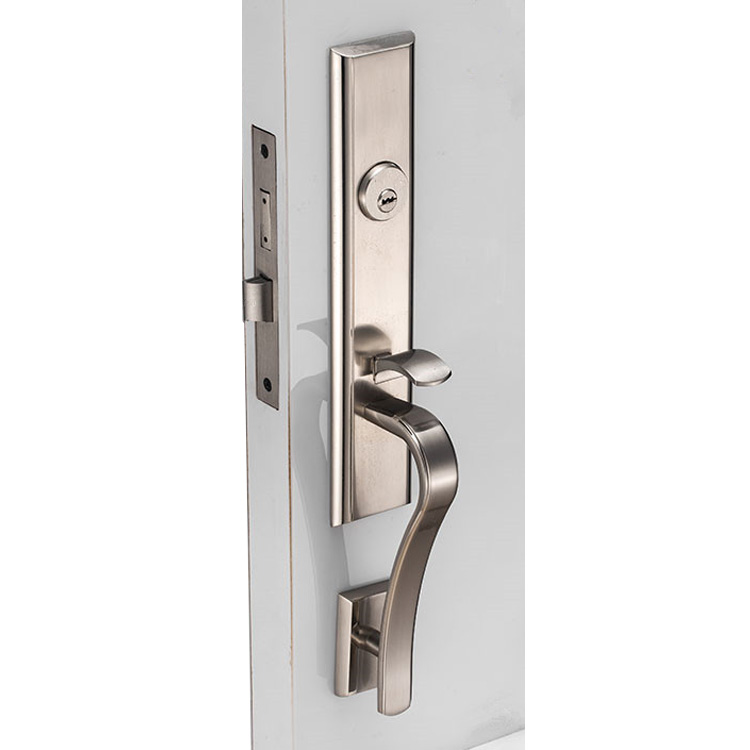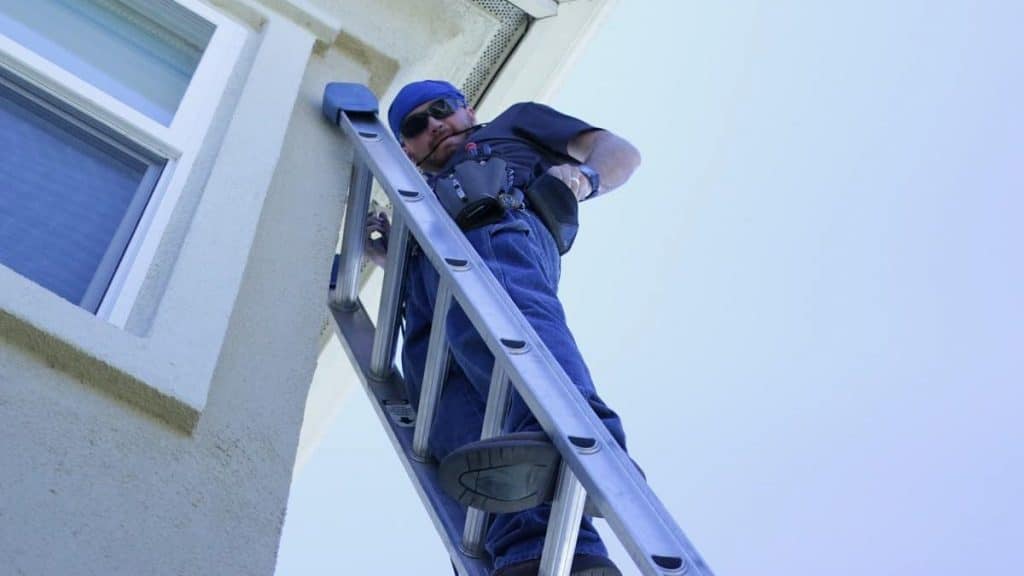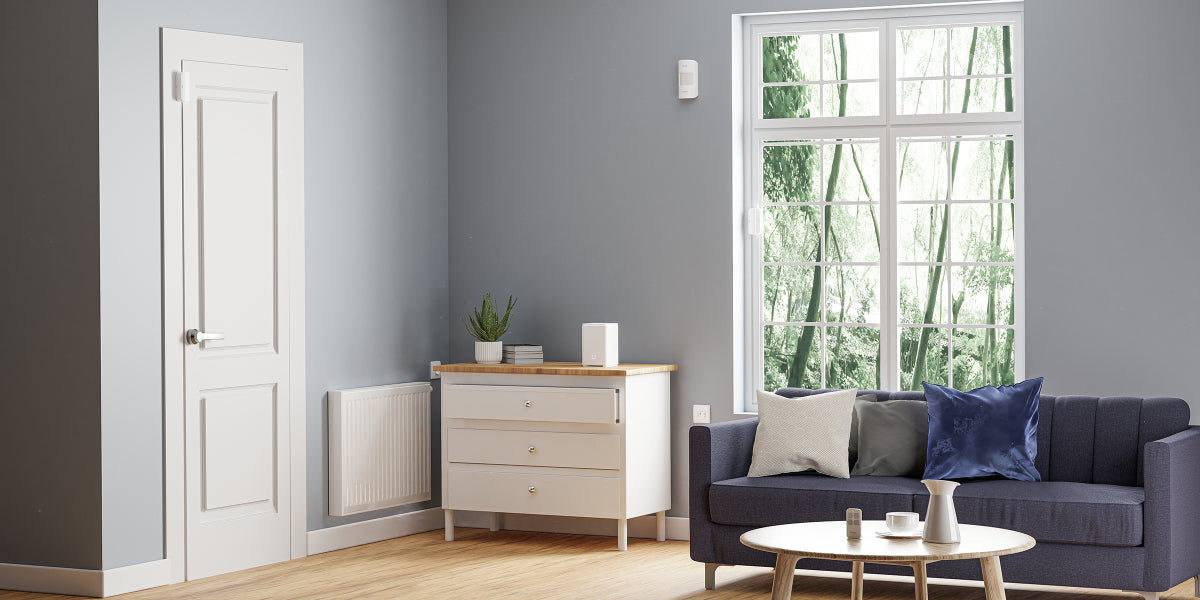
A DIY security system could be the best option for you if your goal is to protect and monitor your home, but you are not interested in paying monthly charges for a professional system. These DIY systems offer you a customized level of security and monitoring.
Outdoor cameras: A security camera can be a great choice if you would like to monitor a patio or yard. These cameras are often equipped with motion sensors which trigger the recording of video. They are also easy to install and use. Wide fields of view make it possible to see a large area.
Pan/Tilt feature: This is a must-have for anyone wanting to cover large areas or has multiple properties that they want to protect. The motorized lenses on most pan/tilt cameras allow you to adjust the camera's angle according to your needs.
Web client. Most cameras are accessed using mobile apps. It's useful if the camera also has a web interface. This way, you can access your camera from any device, ensuring that you always have access to your live feed and alerts.

Battery backup. If you are going to be away from your house for an extended time, the battery backup will keep your camera running. This feature is very useful in the event of a power failure, since burglars will often turn off electricity before breaking in.
Two-way audio: Most cameras feature built-in speaker and microphones that allow you to talk with the person or people you're monitoring. This feature is especially helpful if you own pets or small children, as you can keep an eye on them from the comfort of your home.
Smart features: The majority of mass-produced surveillance cameras are equipped with the capability to connect to a home network. They can then alert you if there is any unauthorized activity such as doors being opened or windows being smashed. Some cameras are programmed to trigger a security alert when an issue occurs.
Wireless alarms. Some systems can be linked to smoke or carbon monoxide sensors, alerting you when dangerous situations occur. These devices can be installed as part of your DIY security camera system or can be purchased separately if you already have a home alarm system.
Remote control: Certain security systems come with a mobile application that allows you to manage the camera settings and operation remotely. It should be simple and intuitive to control from anywhere.

Customization: The application should let you adjust the notifications, motion and noise detection sensitivity, as well as set detection zones. You can also create a schedule for receiving alerts and photos whenever certain events take place.
Best cameras: The top security cameras in the market include cutting-edge technologies and a variety of features. They have motion-detection features, night vision and more.
Any DIY home safety system must include a quality security camera. This can be used to detect intruders as well as keep your property safe. The cameras come with many useful features including night vision. Audio recording and remote-controlled light.
FAQ
Which is better: home security cameras or home security systems?
Home security cameras are less effective than home surveillance cameras. They can detect sounds and movement in any room, even if there is no one present. However, home security cameras can be mounted on doors and windows easily and are less expensive than home systems.
Which home alarm system features are the best?
Ring Video Doorbell Pro offers the most features of all home security systems that we tested. It allows you to see who is at the door, chat with them, and even record videos. It also includes a free cloud storage to store any recordings.
Who is the best home security monitoring company?
ADT is the best company for home security monitoring. They offer 24/7 monitoring service at affordable price. Their customer support team is available around the clock, and they will respond to any issues within minutes.
ADT also offers an app that works on both Android and iOS platforms. You can now check the status of your home from anywhere, at any time.
Statistics
- Most home security companies will charge you around 75% of the remaining term of your contract if you cancel early—and some require 100%.Related questionsWhat type of contract length can I expect from security providers?Home security system cancellation (safewise.com)
- Depending on your insurance, 24/7 professional monitoring may qualify you for as much as 15% off your premium. (safewise.com)
- (In my experience, the discount on my home insurance covered about 25 percent of the subscription of an average plan, but your mileage may vary depending on your location and the size of your home.) (theverge.com)
- Related questionsHome security systems that are 100% DIY (safewise.com)
External Links
How To
How to Install Outdoor Motion Lights
How to install outdoor motion lamps
The selection of the correct light fixture is the first step to installing outdoor motion lighting. The next step is to determine where you want your lighting fixtures to go. Next, you will need to wire your system. Last, mount the lighting fixtures.
Outdoor motion lights can be used to light pathways, driveways and walkways. You can choose from many different styles, sizes, and color options. Floodlights, spotlights and pendants are just a few examples. Track lights, track lights, recessed lighting, ceiling fans, wall sconces and chandeliers are also available.
There are three types available: hardwired, battery-powered, or wireless motion lights. Hardwired systems are wires that run directly from the power source to the fixtures. Wireless systems transmit signals by using radio waves. Batteries are used to power the fixtures.
Installers of hardwired systems are often electricians. If you plan to hire an electrician to do this work, make sure he or she knows how to wire outdoor motion lights. If you don't know how to install these systems, it is worth hiring an electrician who specializes.
Wireless systems are usually easier to set up than hardwired. There is no need to run wires through walls and ceilings. It is important to determine the best wireless technology for you before you buy a wireless solution. There are two main types of wireless technologies: infrared (IR) and radio frequency (RF). IR systems require line of sight between the transmitter and receiver. Because RF systems can bounce off furniture and walls, they allow for some obstruction.
Before you can buy a wireless system, make sure you know which controller you will use. Most outdoor motion lamps come with built in controllers. But if you prefer to control them yourself, you'll need to choose a wired remote or a handheld remote. Wired remotes are wired to the fixtures through cables. The handheld remotes are similar to flashlights, and can be operated by pressing buttons on the bodies.
It is easy to set up battery-powered systems. You just need to plug them in to an electrical outlet. Most models have sensors that detect movement and prevent the lights turning on if they aren't moving. The lights automatically turn on when there is motion near the sensor.
Timers are available on most outdoor motion lights. These can be used to reduce energy consumption by switching lights on/off at night. Timers can vary from 10 minutes to 24hrs.
It's tempting to spend more on expensive outdoor motion lights. However, unless you are really looking for a particular feature, it doesn't make sense to spend more money. A simple LED spotlight should suffice. It's very affordable and will provide enough illumination.
The Best Home Security System. The home security market has experienced a significant growth over the past few decades. This has been due to technological advances and increased awareness about crime prevention. Homeowners now have many choices when it comes to selecting a security system for their home.